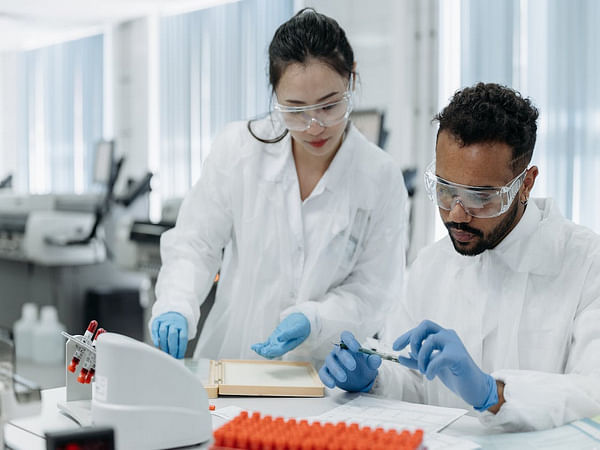Chicago [US], July 29 (ANI): Crohn’s disease-like ileitis, a condition marked by chronic intestinal inflammation and progressive tissue damage, researchers from Ann & Robert H Lurie Children’s Hospital of Chicago discovered that direct injection of neonatal mesenchymal stem cells, derived from heart tissue removed during surgery, reduces intestinal inflammation and promotes wound healing in a mouse model.
The research, which was written up in the journal Advanced Therapeutics, presents a promising new and different method to treating Crohn’s disease that avoids the drawbacks of existing drugs for the condition, such as their waning efficacy, harsh side effects, and elevated risk of gastrointestinal dysfunction.
“Neonatal cardiac-derived mesenchymal stem cells have been used in a clinical trial to repair an injured heart, but this is the first time these potent cells have been studied in an inflammatory intestinal disease model,” said senior author Arun Sharma, PhD, from Stanley Manne Children’s Research Institute at Lurie Children’s who is the Director of Pediatric Urological Regenerative Medicine and Surgical Research, and Research Associate Professor of Urology and Biomedical Engineering at Northwestern University Feinberg School of Medicine and the McCormick School of Engineering, Northwestern University.
“Our results are encouraging and definitely provide a new platform to potentially treat aspects of chronic inflammatory bowel diseases.”
Dr Sharma notes that his team needs to get beyond a challenge with how the stem cells are delivered before it would be practical to utilise them therapeutically to treat Crohn’s disease.
The stem cells were directly injected into the inflammatory lesions in the small intestine in the current animal model investigation, which necessitates surgical procedures. The next stage is to create a secure method for injecting them into the body via a vein, much like drawing blood from a patient’s arm. Before moving further with clinical trials, more animal investigations on this unique therapeutic strategy will be required.
“Ultimately our goal is to utilize this cell type as treatment, but also as a preventive measure, before signs and symptoms of Crohn’s disease develop,” said Dr. Sharma. “We also might be able to apply this approach to other inflammatory diseases. The potential is enormous, and we are excited to move forward.” (ANI)
This report is auto-generated from ANI news service. ThePrint holds no responsibility for its content.



